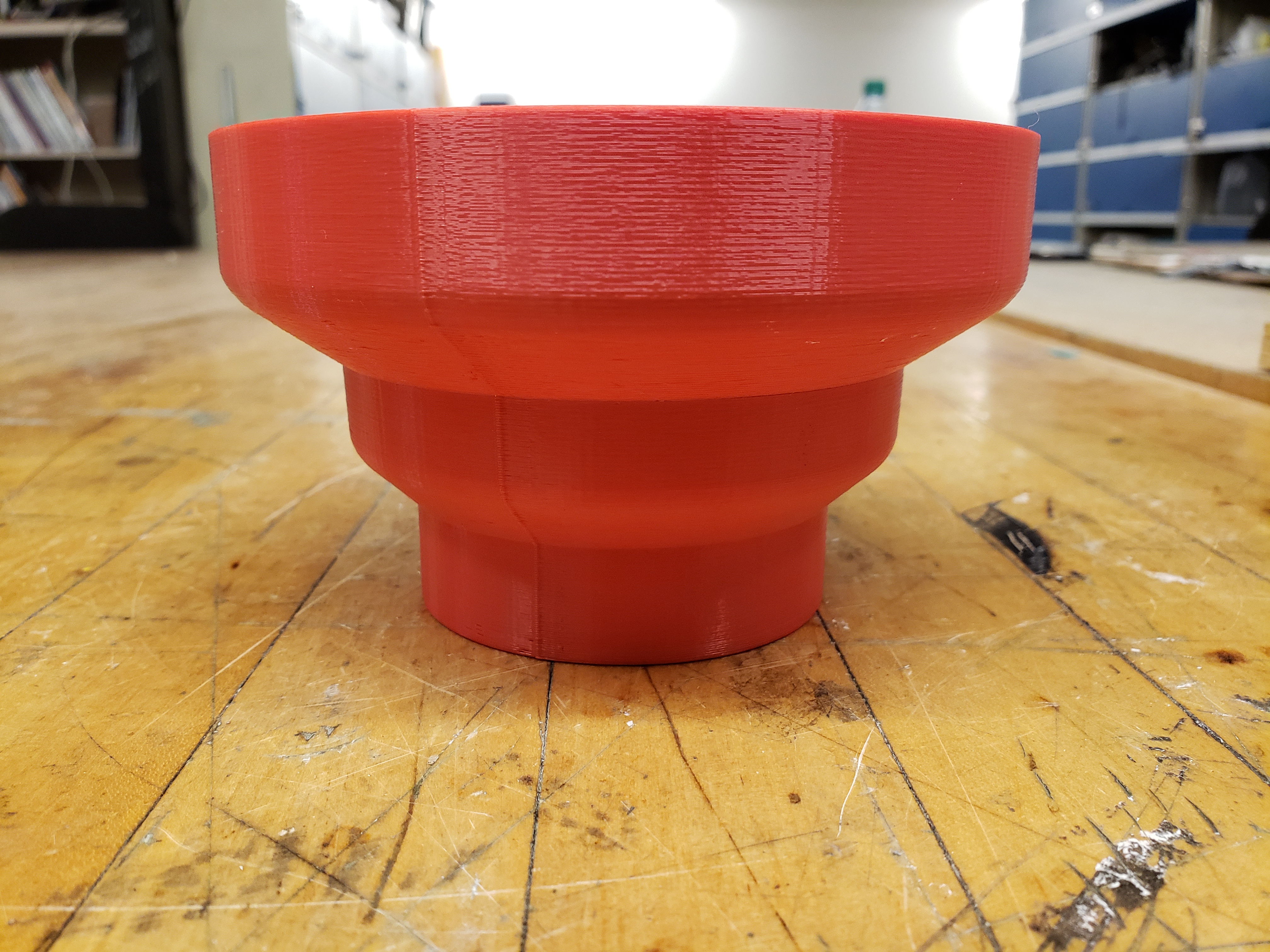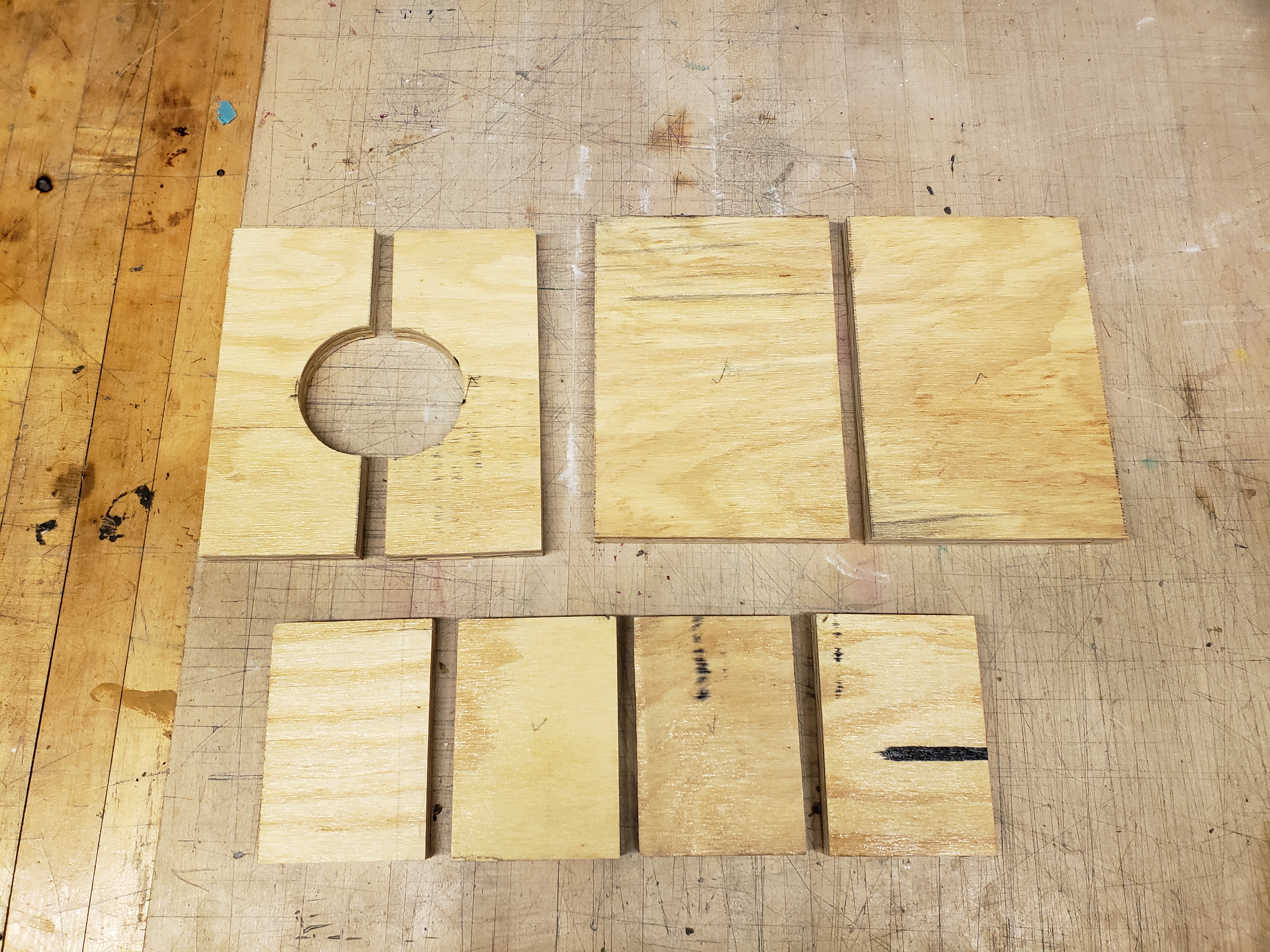I view my body of work as a way to converge my own practices, digital art and glass. It has always been fascinating for me to find different ways of bridging the gap between one discipline that has occurred for thousands of years, and one that has only become recognized within the last few decades. With my 3D modeling, I seek to create works that are deemed “hyper-real” or difficult to discern from an actual photograph. The clean and subtle detail are what creates the illusion of reality. Similarly, my glass work is focused on clean and sleek form. Once the form is established, the subtle detail in color are what adds dimension and makes the piece unique.
Though one practice occurs in a virtual space and the other physical, they are both realized in a three dimensional mode of thinking. My mission with my current body of work seeks to create my “duplicate” button in glass, that I would only previously have in Maya. By modeling my forms in Maya, I can ensure the exact shape, size and proportion of the piece. This also acts as a way to mock up and plan my final piece in a three dimensional space without needing to prototype in glass. Once the model is completed, I 3D print the form and use this as a positive for a plaster “cold blow” mold. Once the mold is produced, I am able to blow glass inside and produce the exact shape I need in rapid succession.
When considering the form of the final glass pieces, I sought out to create pieces that do not sacrifice their aesthetic for function. As a student, I have always been living in small spaces, confined to only a shared dorm room or a cramped apartment. With this issue, I decided to create pieces that stack, and consider modularity and repetition in their form. Producing modular forms that stack and rely heavily on consistency created the perfect opportunity to further my investigation of the “duplicate” button in the physical practice of glass blowing.
(This is a work in progress, and will need revision)



